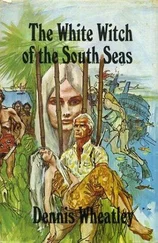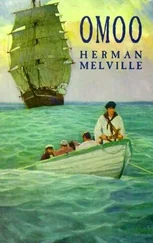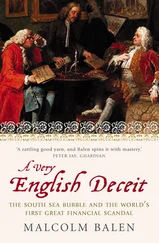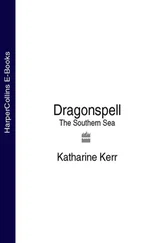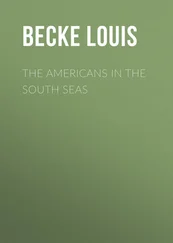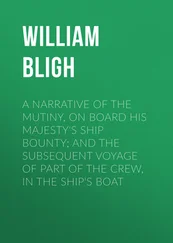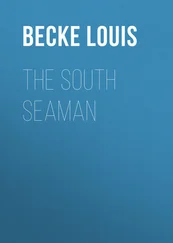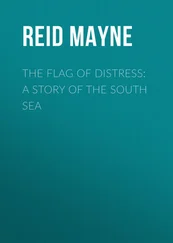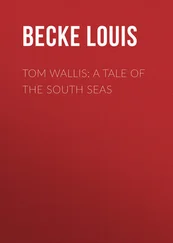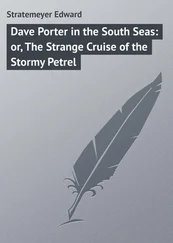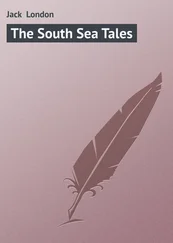William Bligh
A Voyage to the South Sea (Autobiography)
An Adventurous Autobiographical Account by a Royal Navy Vice-Admiral

Books
OK Publishing, 2020
musaicumbooks@okpublishing.infoTous droits réservés.
EAN 4064066395438
CHAPTER 1.
CHAPTER 2.
CHAPTER 3.
CHAPTER 4.
CHAPTER 5.
CHAPTER 6.
CHAPTER 7.
CHAPTER 8.
CHAPTER 9.
CHAPTER 10.
CHAPTER 11.
CHAPTER 12.
CHAPTER 13.
CHAPTER 14.
CHAPTER 15.
CHAPTER 16.
CHAPTER 17.
CHAPTER 18.
CHAPTER 19.
CHAPTER 20.
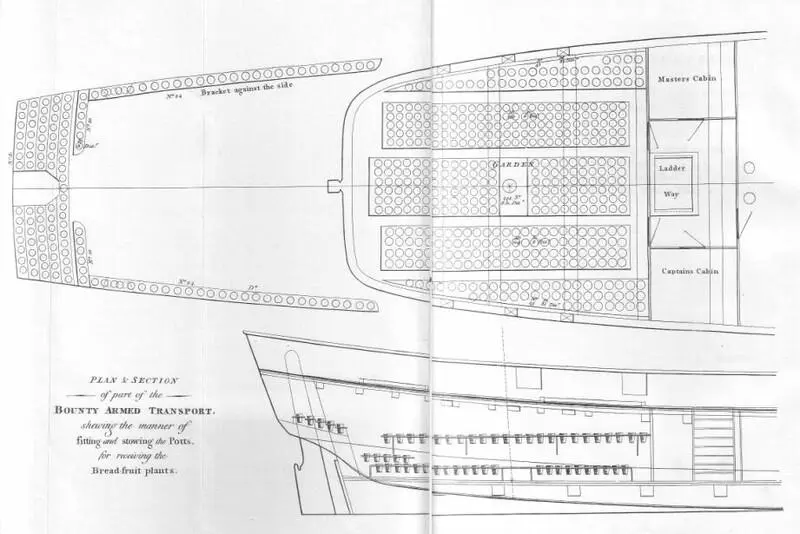 Plan and Section of Part of the Bounty Armed Transport, showing the manner of Fitting and Stowing the Potts, for receiving the Bread-fruit Plants.
Plan and Section of Part of the Bounty Armed Transport, showing the manner of Fitting and Stowing the Potts, for receiving the Bread-fruit Plants.
Table of Contents
Plan of the Expedition.
Outfit and Occurrences to the time of leaving England.
Description of the Breadfruit.
1787.
The King having been graciously pleased to comply with a request from the merchants and planters interested in his Majesty's West India possessions that the breadfruit tree might be introduced into those islands, a vessel proper for the undertaking was bought and taken into dock at Deptford to be provided with the necessary fixtures and preparations for executing the object of the voyage. These were completed according to a plan of my much honoured friend, Sir Joseph Banks, which in the event proved the most advantageous that could have been adopted for the intended purpose.
August 16.
The ship was named the Bounty: I was appointed to command her on the 16th of August 1787. Her burthen was nearly two hundred and fifteen tons; her extreme length on deck ninety feet ten inches; extreme breadth twenty-four feet three inches; and height in the hold under the beams at the main hatchway ten feet three inches. In the cockpit were the cabins of the surgeon, gunner, botanist, and clerk, with a steward-room and storerooms. The between decks was divided in the following manner: the great cabin was appropriated for the preservation of the plants and extended as far forward as the after hatchway. It had two large skylights, and on each side three scuttles for air, and was fitted with a false floor cut full of holes to contain the garden-pots in which the plants were to be brought home. The deck was covered with lead, and at the foremost corners of the cabin were fixed pipes to carry off the water that drained from the plants into tubs placed below to save it for future use. I had a small cabin on one side to sleep in, adjoining to the great cabin, and a place near the middle of the ship to eat in. The bulk-head of this apartment was at the after-part of the main hatchway, and on each side of it were the berths of the mates and midshipmen; between these berths the arm-chest was placed. The cabin of the master, in which was always kept the key of the arms, was opposite to mine. This particular description of the interior parts of the ship is rendered necessary by the event of the expedition.
The ship was masted according to the proportion of the navy; but on my application the masts were shortened, as I thought them too much for her, considering the nature of the voyage.
September 3.
On the 3rd of September the ship came out of dock; but the carpenters and joiners remained on board much longer, as they had a great deal of work to finish.
The next material alteration made in the fitting out was lessening the quantity of iron and other ballast. I gave directions that only nineteen tons of iron should be taken on board instead of the customary proportion which was forty-five tons. The stores and provisions I judged would be fully sufficient to answer the purpose of the remainder; for I am of opinion that many of the misfortunes which attend ships in heavy storms of wind are occasioned by too much dead weight in their bottoms.
The establishment of men and officers for the ship were as follows:
1 Lieutenant to command.
1 Master.
1 Boatswain.
1 Gunner.
1 Carpenter.
1 Surgeon.
2 Master's Mates.
2 Midshipmen.
2 Quartermasters.
1 Quartermaster's Mate.
1 Boatswain's Mate.
1 Gunner's Mate.
1 Carpenter's Mate.
1 Carpenter's Crew.
1 Sailmaker.
1 Armourer.
1 Corporal.
1 Clerk and Steward.
23 Able Seamen.
---
44.
Two skilful and careful men were appointed, at Sir Joseph Banks's recommendation, to have the management of the plants intended to be brought home: the one, David Nelson, who had been on similar employment in Captain Cook's last voyage; the other, William Brown, as an assistant to him. With these two our whole number amounted to forty-six.
It was proposed that our route to the Society Islands should be round Cape Horn; and the greatest dispatch became necessary as the season was already far advanced: but the shipwrights not being able to complete their work by the time the ship was ready in other respects, our sailing was unavoidably retarded.
October. Thursday 4.
However by the 4th of October the pilot came on board to take us down the river.
Tuesday 9.
On the 9th we fell down to Long Reach where we received our gunner's stores and guns, four four-pounders and ten swivels.
The ship was stored and victualled for eighteen months. In addition to the customary allowance of provisions we were supplied with sourkraut, portable soup, essence of malt, dried malt, and a proportion of barley and wheat in lieu of oatmeal. I was likewise furnished with a quantity of ironwork and trinkets to serve in our intercourse with the natives in the South Seas: and from the board of Longitude I received a timekeeper, made by Mr. Kendal.
Monday 15.
On the 15th I received orders to proceed to Spithead.
November. Sunday 4.
But the winds and weather were so unfavourable that we did not arrive there till the 4th of November. On the 24th I received from Lord Hood, who commanded at Spithead, my final orders. The wind, which for several days before had been favourable, was now turned directly against us.
Wednesday 28.
On the 28th the ship's company received two months pay in advance, and on the following morning we worked out to St. Helen's, where we were obliged to anchor.
1787. December. Sunday 23.
We made different unsuccessful attempts to get down Channel, but contrary winds and bad weather constantly forced us back to St. Helen's, or Spithead, until Sunday the 23rd of December when we sailed with a fair wind.
During our stay at Spithead, the rate of the timepiece was several times examined by Mr. Bailey's observations at the Portsmouth observatory. On the 19th of December, the last time of its being examined on shore, it was 1 minute 52 seconds, 5 too fast for meantime, and then losing at the rate of 1 second, 1 per day; and at this rate I estimate its going when we sailed.
The object of all the former voyages to the South Seas undertaken by the command of his present majesty, has been the advancement of science and the increase of knowledge. This voyage may be reckoned the first the intention of which has been to derive benefit from those distant discoveries. For the more fully comprehending the nature and plan of the expedition, and that the reader may be possessed of every information necessary for entering on the following sheets, I shall here lay before him a copy of the instructions I received from the admiralty, and likewise a short description of the breadfruit.
Читать дальше


 Plan and Section of Part of the Bounty Armed Transport, showing the manner of Fitting and Stowing the Potts, for receiving the Bread-fruit Plants.
Plan and Section of Part of the Bounty Armed Transport, showing the manner of Fitting and Stowing the Potts, for receiving the Bread-fruit Plants.